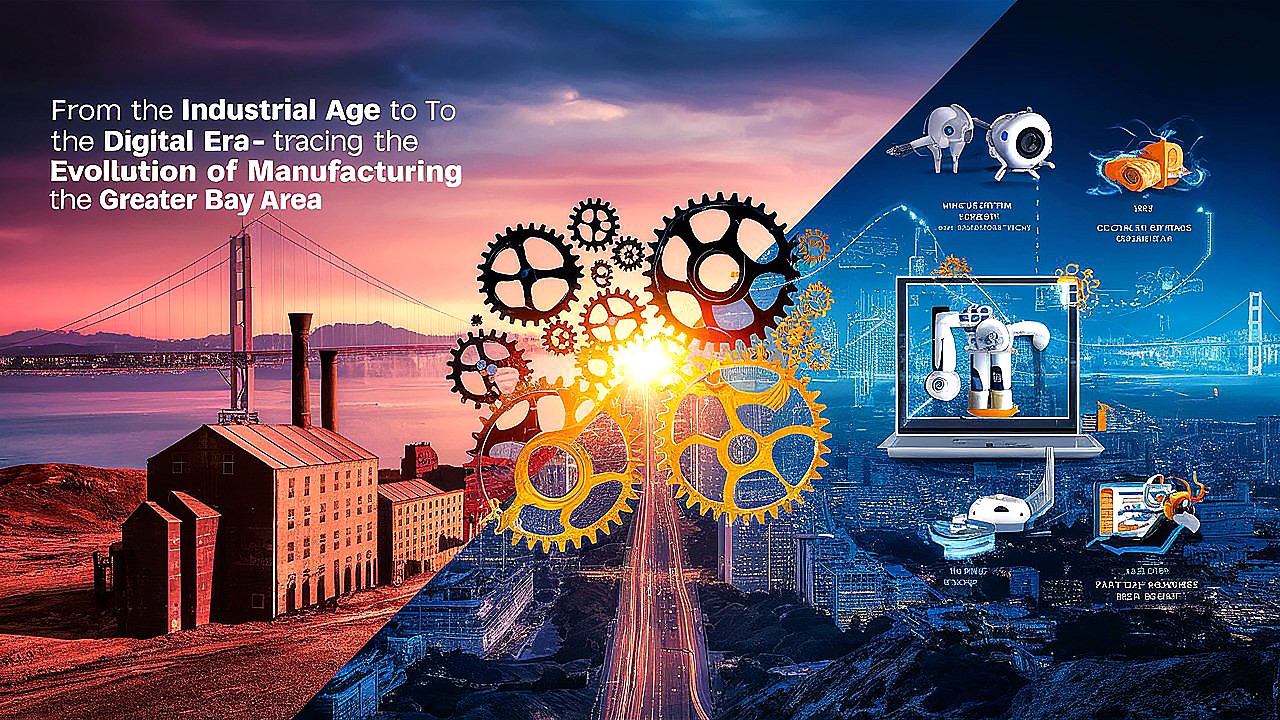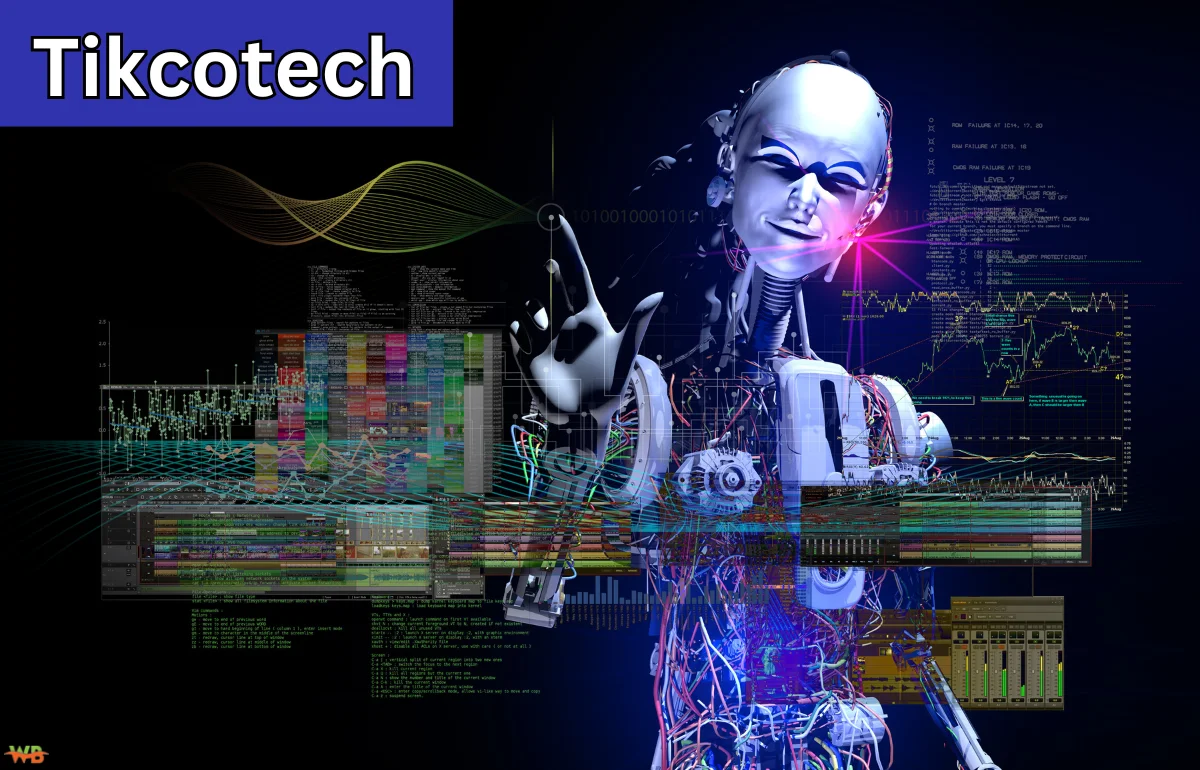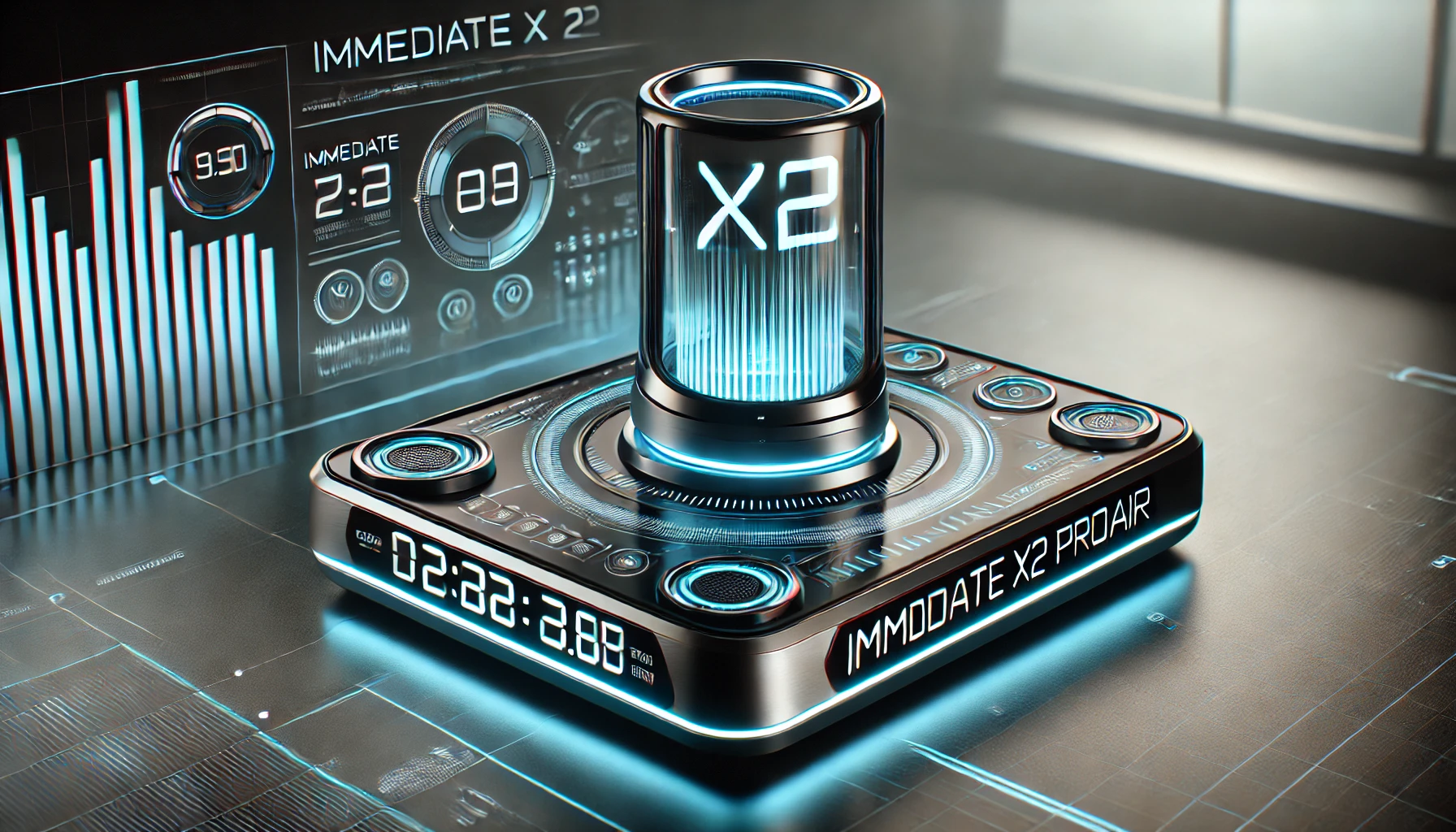The internet has transformed how humans communicate, do business, and access information. The evolution of the web has been an incredible journey, starting from static HTML pages to the dynamic, AI-driven experiences we see today. The concept The Rise of Wepbound represents this digital evolution—where everything is increasingly interconnected, immersive, and intelligent. As we stand on the precipice of major technological advancements, Wepbound is more than just a trend; it is a movement toward a fully integrated, digitally dependent world.
Understanding The Rise of Wepbound
Wepbound refers to the state of being deeply integrated with the web in both professional and personal life. It signifies the shift from traditional offline experiences to seamless digital interactions. Whether it is e-commerce, social media, smart homes, or virtual reality, our reliance on the web has grown exponentially.
From the rise of Web 1.0, which introduced static web pages, to Web 2.0, which brought user-generated content and interactivity, we are now moving toward Web 3.0 and beyond. The web is no longer just an information repository; it is an intelligent, decentralized, and interconnected ecosystem.
The Evolution of the Web
Web 1.0: The Static Era
The early days of the internet were characterized by static websites. Information was one-way, with limited user interaction. Companies and individuals built basic sites that served as digital brochures.
Web 2.0: The Interactive Age
Web 2.0 changed everything. Social media platforms, blogging, and video-sharing sites revolutionized the way people engaged online. Users became content creators, and businesses leveraged digital marketing to reach broader audiences.
Web 3.0: The Decentralized Web
Web 3.0 aims to decentralize the internet by leveraging blockchain technology, artificial intelligence, and the semantic web. Instead of large corporations controlling vast amounts of user data, Web 3.0 proposes a peer-to-peer ecosystem where users regain control of their digital presence.
The Future: Web 4.0 and Beyond
Web 4.0 is expected to integrate AI, augmented reality, and the Internet of Things (IoT) in ways that create hyper-personalized experiences. Imagine a web where virtual assistants handle all your needs, from shopping to scheduling, with minimal input from you.
Key Technologies Driving Wepbound
The rapid evolution The Rise of Wepbound is driven by several key technologies:
- Artificial Intelligence and Machine Learning
AI-powered algorithms now curate content, automate customer support, and enhance search engines. Chatbots, recommendation engines, and predictive analytics are just the beginning.
- Blockchain and Decentralization
Decentralized finance (DeFi), non-fungible tokens (NFTs), and smart contracts are reshaping online transactions and digital ownership. Blockchain ensures transparency, security, and autonomy.
- The Internet of Things (IoT)
IoT devices connect everyday objects to the web, making homes, offices, and cities smarter. From smart thermostats to autonomous vehicles, IoT is integrating the physical and digital worlds.
- Virtual Reality (VR) and Augmented Reality (AR)
Immersive experiences powered by VR and AR are changing gaming, shopping, and remote work. The metaverse is a prime example of how The Rise of Wepbound technologies are creating new digital landscapes.
- 5G and Beyond
Faster internet speeds and lower latency from 5G technology are enabling real-time communication and seamless connectivity. Future advancements will further enhance The Rise of Wepbound interactions.
The Impact of Wepbound on Society
The increasing integration of the web into daily life has profound implications:
Education and Learning
Online learning platforms, virtual classrooms, and AI-driven tutors are transforming education. Students can access high-quality courses from anywhere in the world, breaking down geographical barriers.
Business and E-Commerce
E-commerce giants like Amazon and Alibaba have leveraged Wepbound technologies to revolutionize shopping. Personalized recommendations, voice search, and drone deliveries are just a few examples.
Healthcare and Telemedicine
The healthcare industry is undergoing a digital transformation. Telemedicine, AI diagnostics, and wearable health tech are improving patient care and accessibility.
Work and Remote Collaboration
The rise of remote work is a direct result of The Rise of Wepbound advancements. Video conferencing, cloud computing, and AI-driven productivity tools enable seamless collaboration across the globe.
Challenges and Ethical Considerations
Despite its benefits, Wepbound presents several challenges:
Privacy and Data Security
With increasing digital interactions, protecting personal data is crucial. Companies must implement robust security measures, and users must be cautious about their online footprint.
Digital Divide
Not everyone has equal access to high-speed internet and digital tools. Bridging the digital divide is essential to ensure inclusivity in The Rise of Wepbound era.
AI Bias and Ethical Concerns
AI algorithms can reinforce biases if not properly monitored. Ethical AI development and transparent decision-making processes are necessary for fairness.
Conclusion: The Future of Wepbound
The Rise of Wepbound is not just about technological advancements; it represents a shift in how we live, work, and interact. As we continue to embrace AI, blockchain, IoT, and immersive technologies, the web will become an even more integral part of our existence. The future is Wepbound, and its potential is limitless.





